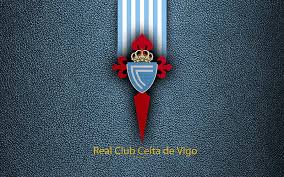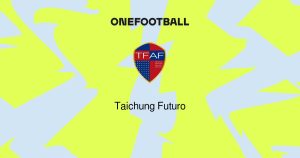
Celta Vigo Club
The Celta Vigo Club has a rich and storied history that reflects the passion and resilience of its fans and players alike. Founded in 1923, the club represents the city of Vigo in the northwest region of Spain, Galicia. The journey of Celta Vigo is not just about football; it encapsulates the cultural identity of Galicians and their love for the game. This blog post will delve into the various facets of the Celta Vigo Club—from its inception to its current standing in La Liga—providing an in-depth exploration of its history ww88.limo.
Celta Vigo Club: A Brief History
The Celta Vigo Club has become synonymous with the spirit of Galicia. Its formation came as a result of a merger between two local clubs: Real Vigo Sporting and Club Celta de Vigo. This unification was not merely administrative; it symbolized a coming together of communities and aspirations. From the very beginning, Celta aimed to challenge the dominance of larger clubs in Spain, carving out a niche for itself in the competitive landscape of Spanish football.
The early years of the Celta Vigo Club were characterized by fluctuating fortunes in regional leagues, but the club quickly ascended to the national stage. By the late 1930s, Celta had made a name for itself in La Liga, showcasing a blend of skillful play and tactical innovation. The team experienced its first major breakthrough when they reached the finals of the Copa del Rey in 1948, marking a significant milestone in the club’s history.
As time progressed, the Celta Vigo Club became known for its resilience and ability to bounce back from adversity. The club faced financial challenges and periods of relegation, but each time it managed to regroup and return to its rightful place among Spain’s elite teams. The unwavering support from its fans played a crucial role in this regard, as the culture surrounding the club fostered a sense of unity and determination.





